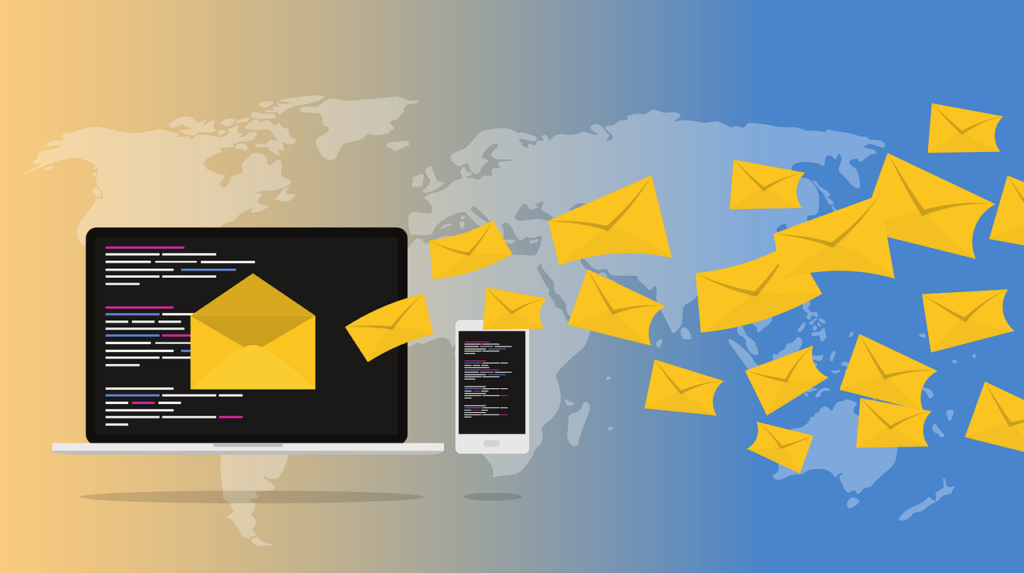Email marketing remains a powerful tool for businesses to reach and engage their audience. However, crafting email campaigns that convert requires a strategic approach. In this post, we’ll share expert tips to help you create effective email campaigns that drive results.
Understanding Your Audience
Understanding your audience is the first step to a successful email campaign. Knowing who you’re talking to allows you to tailor your messages to their interests and needs.
Segmenting Your Email List
Segmenting your email list means dividing it into smaller groups based on specific criteria such as demographics, purchase history, or engagement level. This allows you to send more targeted and relevant emails, increasing the chances of conversion. For example, a clothing retailer might segment their list by gender and send different promotions to men and women.
Personalizing Your Content
Personalization goes beyond just using the recipient’s name. It involves customizing the content based on their behavior and preferences. Personalized emails can include product recommendations based on past purchases or tailored content that matches their browsing history. This makes the recipient feel valued and understood, which can significantly boost conversion rates.
Crafting Compelling Subject Lines
The subject line is the first thing your audience sees, and it can make or break your email campaign. A compelling subject line grabs attention and entices the reader to open the email.
Using Action-Oriented Language
Action-oriented language encourages the reader to take immediate action. Phrases like “Don’t Miss Out,” “Act Now,” or “Exclusive Offer Inside” create a sense of urgency and excitement. This can drive higher open rates and, consequently, higher conversion rates.
A/B Testing Subject Lines
A/B testing involves sending two variations of a subject line to a small segment of your audience to see which one performs better. The winning subject line is then sent to the rest of your list. This method helps you understand what resonates with your audience and continuously improve your email open rates.
Designing Email Campaigns That Convert
Design plays a crucial role in how your email is perceived and engaged with. A well-designed email can lead to higher engagement and conversion rates.
Effective Use of Visuals
Visuals can capture attention and convey your message quickly. Use high-quality images, infographics, or videos to complement your text and make your email more engaging. However, be mindful of not overloading your email with too many visuals, as this can slow down load times and detract from the message.
Mobile Optimization
With a significant number of users checking emails on their mobile devices, optimizing your emails for mobile is essential. Ensure your email design is responsive, meaning it adjusts to fit the screen size of any device. This includes using larger fonts, single-column layouts, and easily tappable buttons.
Writing Persuasive Email Copy
Your email copy should be clear, compelling, and persuasive to encourage readers to take the desired action.
Focus on Benefits
Highlighting the benefits of your offer rather than just listing features makes your email more persuasive. Explain how your product or service can solve a problem or improve the recipient’s life. For instance, instead of saying “Our software has a new update,” say “Experience faster performance and enhanced features with our latest software update.”
Clear and Concise Messaging
Keep your messaging clear and to the point. Long-winded emails can lose the reader’s interest quickly. Use short paragraphs, bullet points, and subheadings to make your content easily scannable. This helps ensure your key points are understood and acted upon.
Optimizing Call-to-Action (CTA)
The call-to-action (CTA) is a critical element of your email, guiding the reader on what to do next.
Placement of CTA
The placement of your CTA can impact its effectiveness. Place your primary CTA above the fold (the part of the email visible without scrolling) to ensure it gets seen. Additionally, including a secondary CTA towards the end of your email can catch those who read through the entire message.
CTA Button Design
Design your CTA button to stand out. Use contrasting colors to make it visually distinct from the rest of the email. The text on the button should be action-oriented, such as “Get Started,” “Shop Now,” or “Learn More.” This encourages clicks and increases the chances of conversion.
Analyzing Campaign Performance
Regular analysis of your email campaign performance helps you understand what works and what doesn’t, allowing you to refine your strategy for better results.
Key Metrics to Track
Track metrics such as open rates, click-through rates, conversion rates, and unsubscribe rates. These metrics provide insights into how your audience is interacting with your emails and where you can improve.
Adjusting Strategy Based on Data
Use the data from your email metrics to make informed decisions. For example, if you notice a high open rate but a low click-through rate, your subject lines are working, but your email content may need improvement. Regularly adjusting your strategy based on these insights ensures continuous improvement and better results.
Conclusion
Crafting email campaigns that convert is an ongoing process of understanding your audience, creating compelling content, and analyzing your results. By implementing these expert tips, you can improve your email marketing efforts and achieve higher conversion rates. Start refining your email strategy today and watch your results soar.


